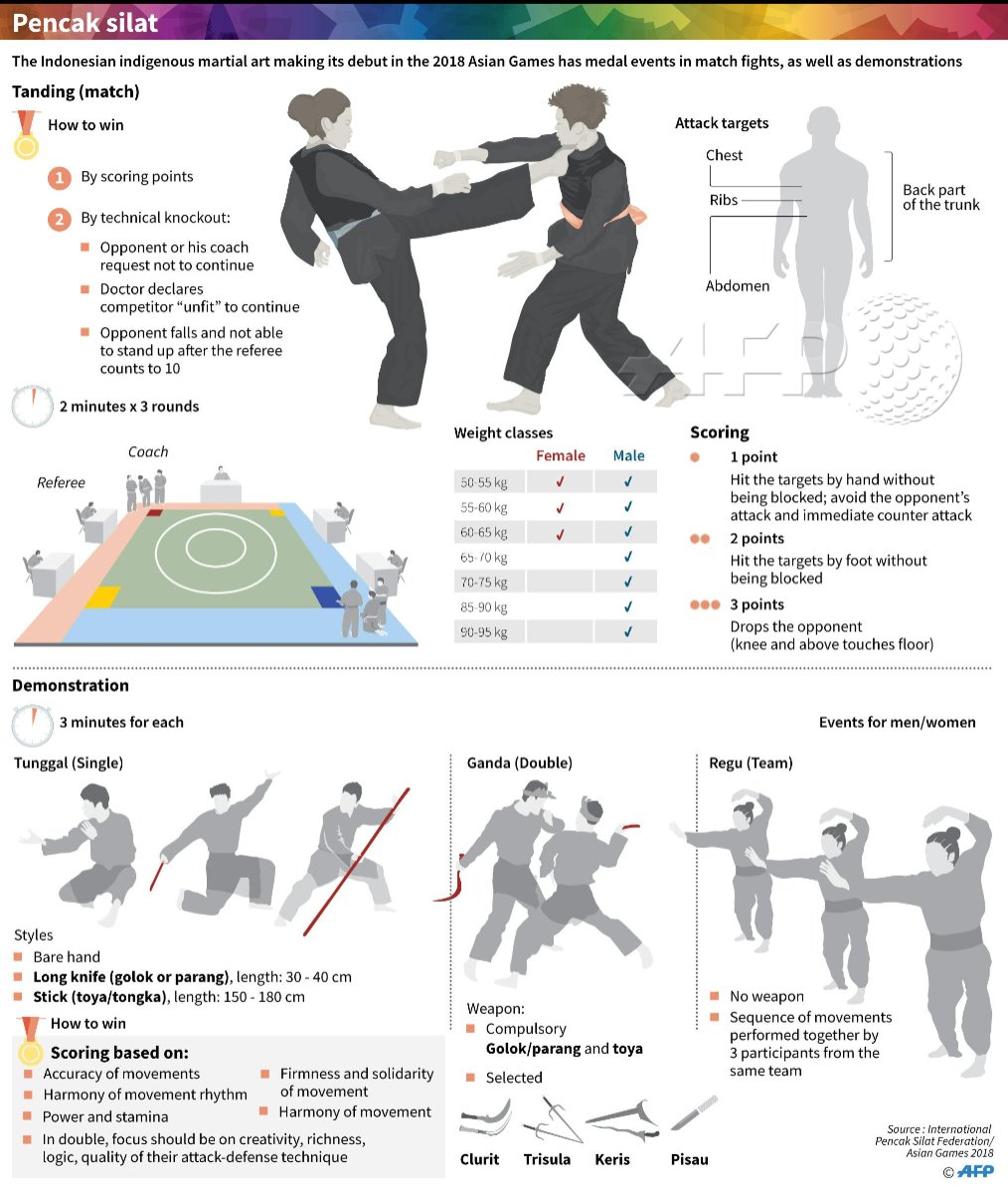Typical Martial Arts And Modern Fight Sports: A Detailed Summary Of Their Unique Distinctions
Typical Martial Arts And Modern Fight Sports: A Detailed Summary Of Their Unique Distinctions
Blog Article
Web Content Composed By-Kok Johnson
When you think of martial arts, do you lean much more towards the standard practices or the modern-day fight sporting activities? Each course provides special benefits and experiences, formed by their viewpoints and training methods. Traditional martial arts emphasize personal growth and self-control, while modern fight sports concentrate on competition and efficiency. Comprehending these differences can lead you in selecting the ideal strategy for your journey. Yet how do these distinctions manifest in training and approach?
The Approach and Background Behind Conventional Martial arts
While many people link martial arts with physical battle, the philosophy and background behind typical martial arts run much deeper. You'll find that these self-controls highlight individual development, discipline, and respect.
Originating from old methods, typical martial arts were typically created for Self-Defense and spiritual growth. They embody concepts such as equilibrium, harmony, and self-constraint, leading practitioners past mere combating skills.
As you educate, you'll not only learn techniques however likewise acquire understandings right into the society and worths that formed these arts. The routines and practices, frequently given through generations, foster a feeling of community and belonging.
The Affordable Nature of Modern Fight Sports
Modern battle sporting activities have actually transformed the landscape of martial arts into an extremely competitive arena, where professional athletes take on in an examination of ability, strategy, and endurance.
You'll notice that competitors are frequently organized with strict guidelines and laws, guaranteeing fair game and security. These occasions draw in huge audiences, sustaining the excitement and strength of competitions.
Professional athletes educate carefully, not just for physical prowess however likewise for psychological toughness, knowing that every information counts in the ring. The adrenaline rush during competitors is palpable, as competitors press their restrictions to assert triumph.
Fans appreciate the athleticism and creativity involved, making contemporary battle sports a thrilling spectacle that remains to progress and astound fanatics all over the world.
Training Methods and Techniques: A Comparative Evaluation
The competitive ambience of contemporary battle sporting activities demands ingenious training methods that vary dramatically from conventional martial arts.
In Click Link , you'll concentrate on certain methods, competing, and conditioning, commonly using drills that mimic real fight scenarios. You'll see an emphasis on quantifiable efficiency and regular competition to analyze your skills.
On the other hand, standard martial arts focus on types, katas, and thoughtful trainings, usually highlighting technique and regard over competitors.
Training is usually much less intense and might entail repetitive technique as opposed to real-time sparring.
While both techniques develop skill and health and fitness, contemporary battle sports supply a more vibrant and versatile training setting, preparing you for instant challenges in the ring or cage.
Pick the path that straightens with your objectives and rate of interests.
Verdict
In selecting between standard martial arts and contemporary combat sports, it truly boils down to what you value a lot of. If you're looking for individual development, self-control, and a feeling of community, standard arts may be your finest fit. But if look here flourish on competition and real-time challenges, modern fight sports could be the method to go. Eventually, both paths offer special advantages, so it's all about straightening your training with your personal objectives and rate of interests.
